Performance Testing
What Is Performance Testing?
Nowadays, companies, business strategies, and the amounts of investments are changing roughly with new technologies, challenges, and user expectations. Lots of money was invested to develop products using new technologies. Consequently, it’s becoming harder to guarantee the stability, speed, scalability, and quality of these products. The future belongs to those who meet new challenges, who can keep up in the highly competitive technological world, bringing up quality, innovation and meet customers’ demands fast. Assuring proper performance of products is crucial since disruptive or poor performance can harm the company’s image as well as drive away customers to competitors. Let us now discuss why the performance test (PT) is a crucial part of the SDLC. PT is designed to show how our product behaves and responds in various situations. Detailed and well planned PT provides stakeholders with information concerning software speed, stability, and scalability. Consequently, products, sent to the market with poor PT are very likely to get a bad response and fail expected results. Moreover, PT reveals not only how our system behaves in various situations, but also informs what should be improved, long before our product goes live. Without a proper PT, the product will suffer from low load rate, bad usability or inconsistencies with diverse OS’s. And if we’re dealing with, for example, critical apps for medical equipment or space launch, the lack of proper PT can be vital. Let us now discuss the main aspects that PT can cover to ensure the proper performance of our product.
Load testingLoad tests are designed to check whether our system behaves as expected in realistic load scenarios. It validates that our product can hold up in production. Load testing is a type of non-functional testing.
Stress testingWhen our system is “attacked” by stressful, unintended conditions, it is necessary to know how the system will respond to them. Unfavorable circumstances - memory leaks, system crashes, service denials, are part of software life. Stress testing measures the ability of software/hardware/network to keep a certain level of effectiveness in unfavorable situations.
Endurance / Soak testingEndurance or Soak testing is intended to check system load in long term conditions, meaning product performance under sustained use.
Scalability TestingSoftware is a living organism, aka growing and changing with time. Such changes as database growth, workload per user, etc. will by no means affect the system. And how our system responds to such changes determines scalability testing. It helps, for example, foresee capacity additions to the system.
Spike TestingSudden unplanned spikes such as heavy load can cause data corruption, security problems, etc. That is why spike testing exists. It tests the system under sudden increments and decrements, determining the effects and causes of sudden bursts of the system.
Volume TestingVolume (also referred to as flood testing) checks the ability of the system to handle a large amount of data. Volume testing helps to understand how large volumes of data affect system response, data storing correctness, and speed of processing or system memory resources. It ensures that our system performance and behavior are under control.
Usability TestingSoftware is mainly designed and created for people – users, to ease their lives and help them in solving some of their problems. Consequently, it must be user-friendly. Usability testing is for ensuring our users' happiness with the product we provide.
Interoperability and Compatibility TestingWhen we create software, hardly we plan it to be isolated from the industry and environment. As, nowadays, business interacts with various devices and software (apps), it is very important to be sure that it functions as intended in varying environments. That’s what Interoperability and Compatibility Testing does.
To sum up, PT is an important activity set to reveal the baselines and bottlenecks of the system for ensuring and improving its usability, scalability, reliability, and efficiency. PT ensures that every piece of deployed code delivers its intended experience.
Benefits:
● Satisfied users from system performance
● Measure the speed, accuracy and stability of software
● Improve optimisation and load capability
● Hosting platform capacity assessment and management
● Eliminate bottlenecks and overall quality improvement
